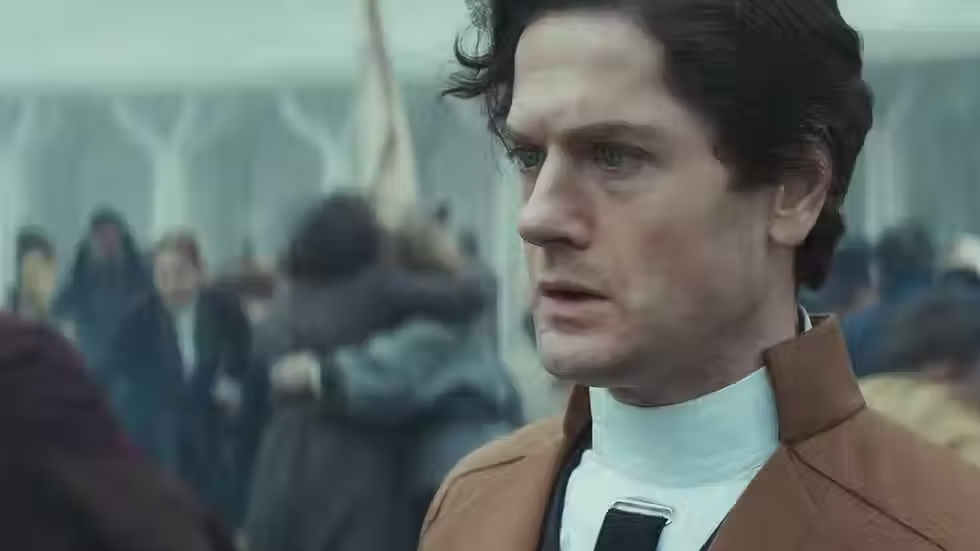Review: Death Shadows
- ogradyfilm
- Mar 5, 2023
- 2 min read
[The following review contains MINOR SPOILERS; YOU HAVE BEEN WARNED!]
The Criterion Channel’s synopsis of Hideo Gosha’s Death Shadow’s reads:
After their executions are faked by the authorities, three criminals are forced to become assassins under the command of the Shogun.

Technically, this is an accurate summary… of the film’s prologue. The actual story is significantly more convoluted—and I mean that as a compliment. The narrative is an intricately constructed puzzle that constantly reassembles, reconfigures, and recontextualizes itself; every scene introduces new characters, complications, and even entire subplots. If you ever find the subject matter objectionable or distasteful, just wait; the movie will be about something completely different within fifteen minutes.
This unconventional structure would be infuriatingly disjointed—were the central themes not so elegantly cohesive and clearly articulated. Like all of Gosha’s work in the chanbara genre, Death Shadows is staunchly antiauthoritarian, condemning any man that would abuse his power—including the secretive spymaster that “recruits” the eponymous assassins. After all, the corrupt clan officials, greedy merchants, and bloodthirsty gangsters that manipulate, exploit, and discard their subordinates deserve to be punished—but exceeding the limitations of the law in order to deliver “justice” is equally unethical (especially when this “necessary evil” is motivated by pragmatism rather than morality).

Beyond its deliberately puply premise, Death Shadows also represents the pinnacle of Gosha’s craftsmanship: this is the director’s style at its most economical, purposeful, and precise. He favors long, continuous, unbroken takes, repositioning the camera and performers to seamlessly transition from master shot to coverage (yes, this is very similar to Spielberg’s modus operandi)—a gracefully choreographed ballet that strikes a delicate balance between theatrical mise-en-scène and cinematic composition.
Gosha’s relatively restrained blocking and framing stand in stark contrast to the film’s unapologetically maximalist imagery. Much of the action unfolds on elaborately designed studio sets; hand-painted backdrops depict impressionistic sunsets and overcast skies, creating a surreal, hypnotic, dreamlike atmosphere—a dramatic departure from the grounded, gritty, naturalistic tone of the auteur’s earlier jidaigeki efforts (Three Outlaw Samurai, Sword of the Beast).

Thus, Death Shadows is a beautiful contradiction; serving as both the culmination of Gosha’s previous accomplishments in the industry and an evolution of his artistic vision, it resides comfortably at the intersection between avant-garde experimentation and popcorn entertainment.





Comments